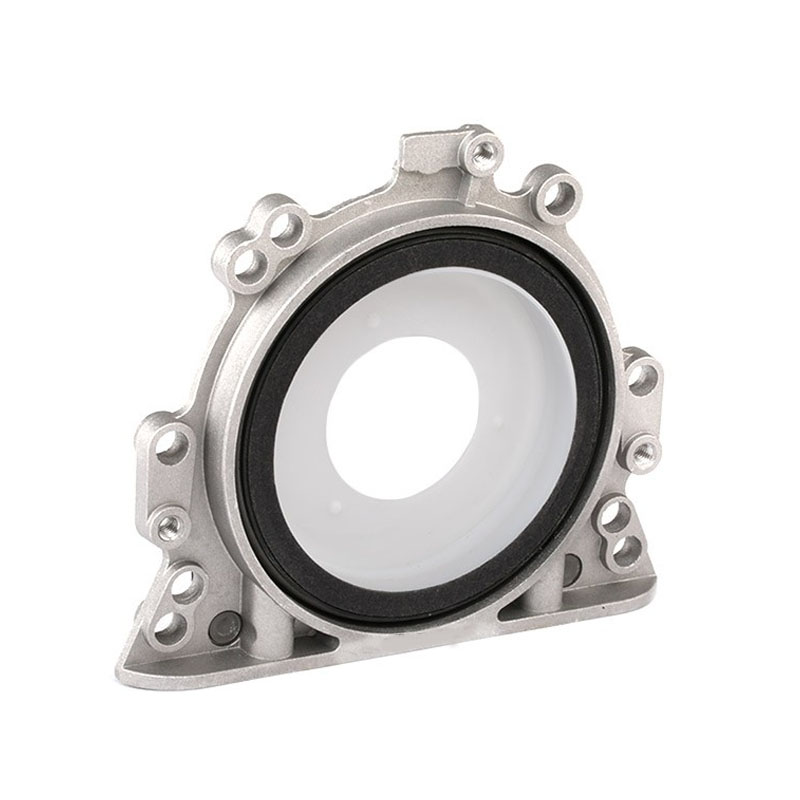power steering shaft seal
Understanding Power Steering Shaft Seals Function and Importance
Power steering systems have revolutionized the driving experience, making it smoother and more manageable by significantly reducing the effort needed to steer a vehicle. One critical component of these systems is the power steering shaft seal. This article explores the importance and function of power steering shaft seals, their common issues, and the maintenance practices that can help prolong their lifespan.
What is a Power Steering Shaft Seal?
The power steering shaft seal is a type of hydraulic seal designed to prevent fluid loss and contamination within the power steering system. It is typically located around the steering shaft, which connects the steering wheel to the steering rack or gear. The primary function of the seal is to maintain the integrity of the hydraulic fluid that aids in steering, ensuring that the system operates effectively.
How Does It Work?
As the driver turns the steering wheel, the power steering pump generates hydraulic pressure, which helps to turn the wheels with minimal effort. The power steering shaft seal plays a crucial role in this process by creating a tight seal around the steering shaft, preventing the hydraulic fluid from leaking out and keeping contaminants from entering the system.
Common Issues Related to Power Steering Shaft Seals
Over time, power steering shaft seals can wear out due to factors such as heat, pressure, and exposure to various environmental elements
. Common issues include1. Fluid Leaks One of the most noticeable signs of a failing power steering shaft seal is a leak. If you notice a puddle of red or pink fluid (typically power steering fluid) under your vehicle, it could indicate a compromised seal.
2. Difficulty Steering A degraded seal may lead to a decrease in hydraulic pressure, resulting in difficulty when steering. Drivers might experience increased effort required to turn the wheel, making driving uncomfortable and unsafe.
power steering shaft seal

3. Noise from the Steering System A faulty seal can also contribute to increased noise, such as whining or grinding sounds, as air may enter the system or the pump operates under abnormal conditions.
Maintaining Power Steering Shaft Seals
Proper maintenance is essential to ensure the longevity and performance of power steering shaft seals. Here are some tips
1. Regular Inspections Routine checks of your power steering fluid level and the condition of the seals can help identify potential issues early on. If you notice any fluid loss or unusual noises, consult a mechanic.
2. Use Quality Fluids Always use the recommended power steering fluid specified by your vehicle’s manufacturer. Low-quality fluids can contribute to the deterioration of seals over time.
3. Check for Contaminants Dirt and debris can impact the integrity of the seal. Regular inspections for contamination in the power steering fluid can help maintain a clean and efficient system.
4. Timely Repairs If you detect any issues with the power steering shaft seal, address them promptly to avoid further damage to the steering system. Replacing a worn seal in a timely manner can save you from costly repairs down the line.
Conclusion
Power steering shaft seals play a vital role in maintaining the effectiveness and safety of modern vehicles. Understanding their function and common issues can help drivers take proactive measures to ensure their power steering system remains in top condition. Regular maintenance and timely repairs are key to prolonging the life of these seals, ultimately contributing to a safer and more enjoyable driving experience.
-
Understanding the Front Main Engine Seal: Purpose, Maintenance, and Installation
News Jul.29,2025
-
Understanding O-Rings and Seal Rings: Types, Applications, and Custom Solutions
News Jul.29,2025
-
Understanding Crankshaft Oil Seals: Rear Seals, Pulley Seals, and Their Role in Engine Integrity
News Jul.29,2025
-
The Importance of Front and Rear Crankshaft Seals in Engine Performance and Oil Management
News Jul.29,2025
-
Crank Oil Seals: Functions, Types, and Cost Considerations in Engine Maintenance
News Jul.29,2025
-
A Comprehensive Guide to O-Rings and Seals: Types, Materials, and Global Applications
News Jul.29,2025
-
Mastering Diesel and Performance Engine Maintenance: A Guide to Critical Oil Gaskets
News Jul.28,2025
Products categories















